The Native American people have a rich history of textile arts that dates back thousands of years. From the intricately woven blankets of the Navajo to the beadwork of the Plains tribes, each tribe has a unique style that reflects their cultural traditions and values. In this article, we will explore the tribal cloth style of Native Americans, including the history, techniques, and motifs of some of the most well-known tribes.
Origins of Native American Textile Arts
Native American textile arts can be traced back to prehistoric times. The earliest examples of Native American textiles come from the Ancestral Pueblo people of the American Southwest, who wove cotton and other fibers into baskets, mats, and clothing. As different tribes migrated and traded with each other, they shared techniques and motifs, leading to a rich and diverse tradition of textile arts throughout North America.
Navajo Weaving
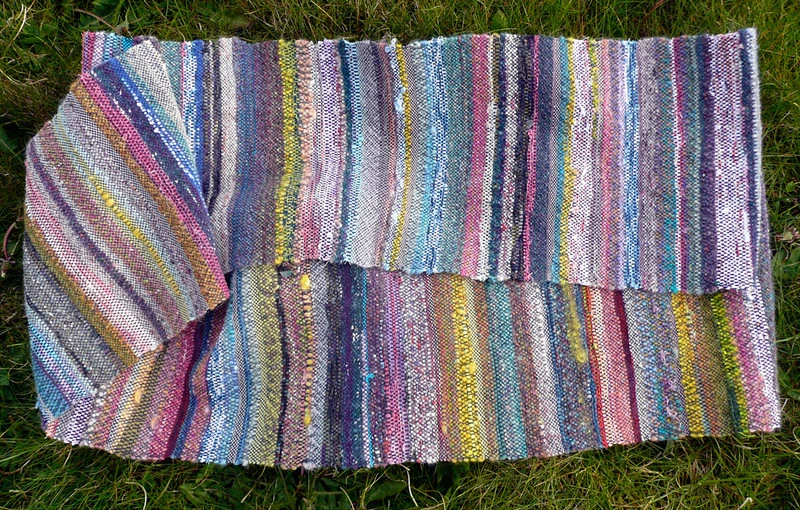
Navajo weaving is perhaps the most well-known Native American textile art. The Navajo people, who are primarily located in the southwestern United States, have been weaving blankets and rugs for centuries. Navajo weavers use a vertical loom to weave wool yarn into intricate designs that often incorporate traditional Navajo motifs such as diamonds, zigzags, and lightning bolts.
Hopi Katsina Dolls
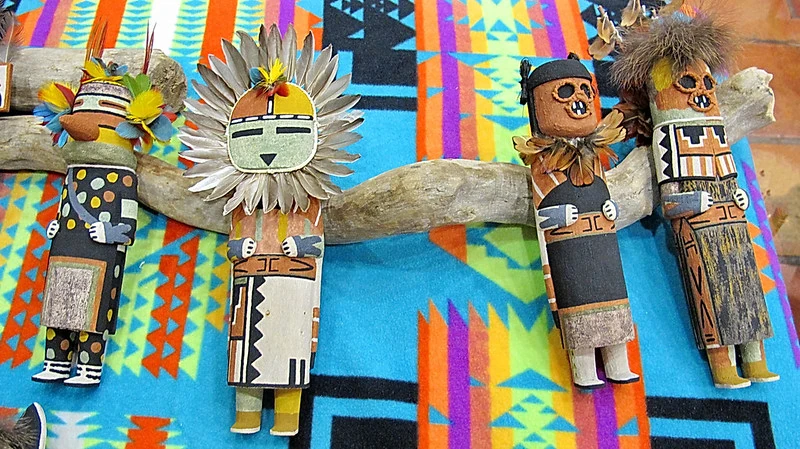
The Hopi people of northeastern Arizona are known for their Katsina dolls, which are traditionally made from cottonwood root and decorated with pigments and natural dyes. The dolls are meant to represent the Katsinam, or spirit beings, of the Hopi religion. The clothing worn by the dolls often features traditional Hopi textile designs, such as bold geometric patterns and stylized animal figures.
Iroquois Beadwork
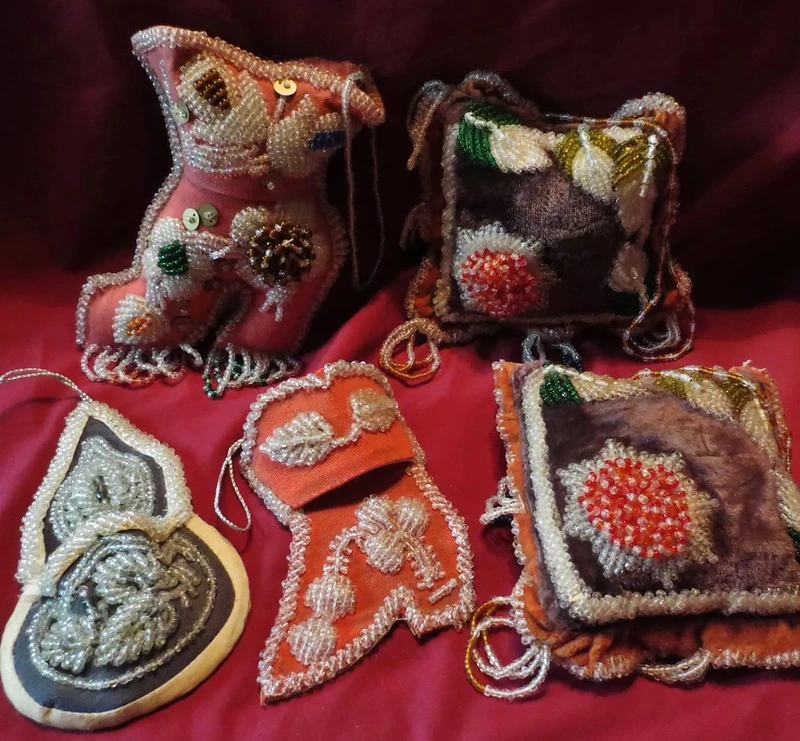
The Iroquois people of the northeastern United States are renowned for their intricate beadwork. Iroquois beadwork often features floral motifs and geometric designs, and is traditionally used to decorate clothing and ceremonial objects. The beads themselves are made from a variety of materials, including glass, bone, and quills.
Cherokee Basketry
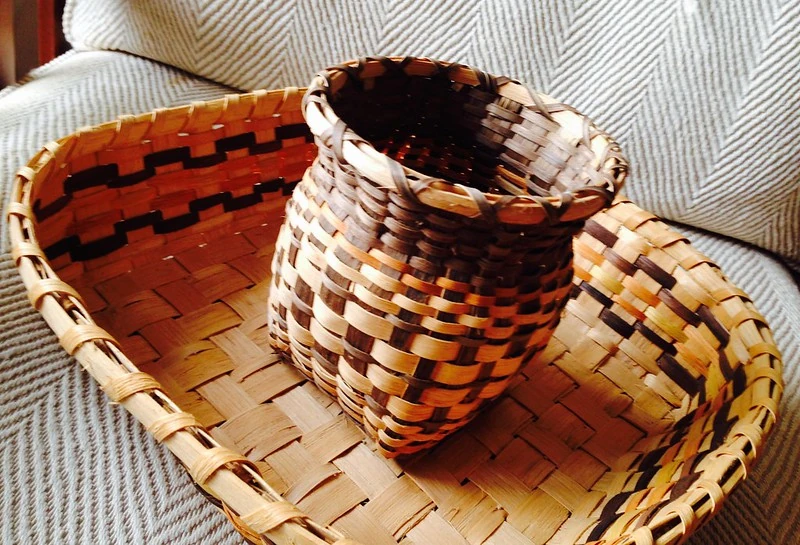
The Cherokee people of the southeastern United States have a long tradition of basket weaving. Cherokee baskets are typically made from rivercane, a type of bamboo that grows in the region. The baskets are often decorated with dyed splints of oak, hickory, or ash, and feature traditional Cherokee designs such as the double-weave pattern.
Lakota Quilting
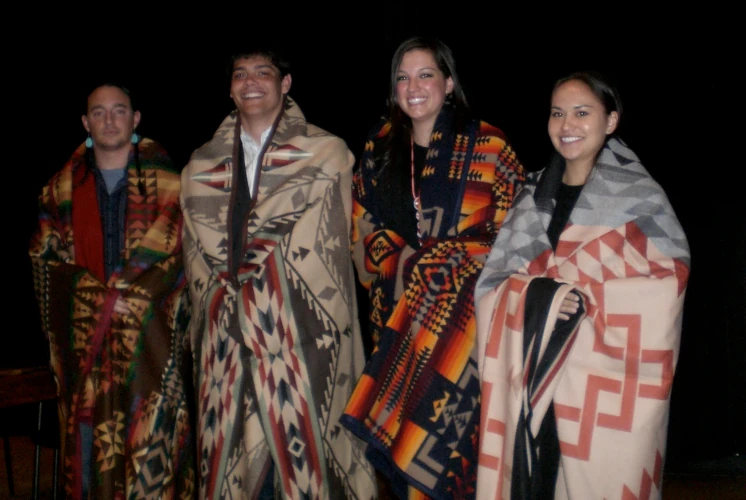
The Lakota people of the Great Plains are known for their intricate quilted designs. Lakota quilts are traditionally made from wool or cotton, and feature bold geometric patterns and stylized animal motifs. The quilts often incorporate Lakota symbolism and spiritual themes, such as the four directions and the circle of life.
Apache Moccasins
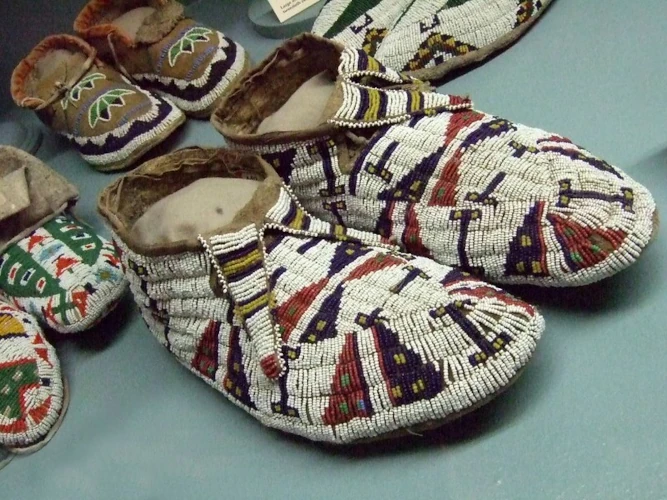
The Apache people of the southwestern United States are known for their distinctive moccasins. Apache moccasins are typically made from tanned deer hide, and feature intricate beadwork and quillwork designs. The moccasins are often decorated with traditional Apache motifs, such as stars and zigzags.
Zuni Fetish Carvings
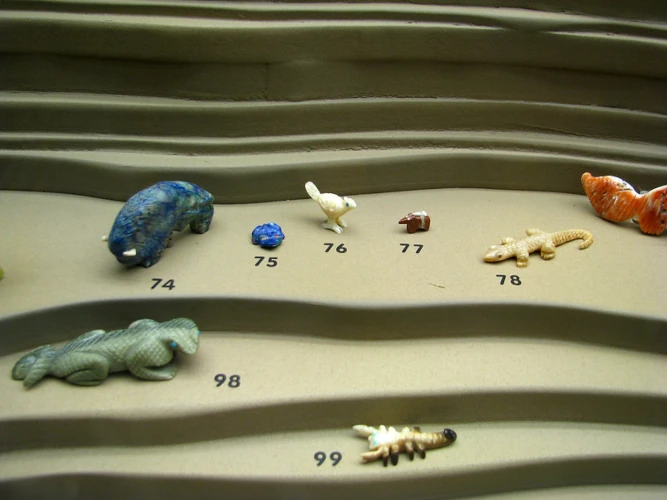
The Zuni people of New Mexico are known for their intricate fetish carvings, which are often made from stone or shell. The carvings often depict animals and other natural elements, and are decorated with traditional Zuni designs such as the zigzag pattern. The carvings are often worn as jewelry or used in traditional Zuni ceremonies.
Tlingit Chilkat Weaving
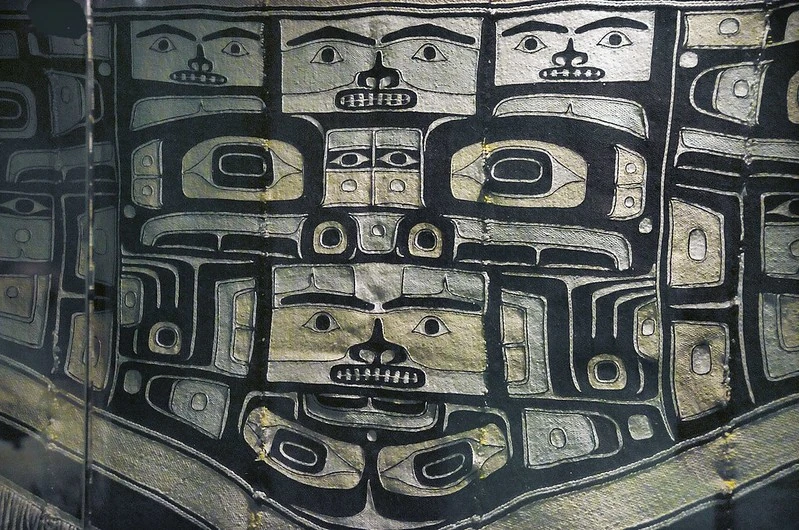
The Tlingit people of Alaska are known for their Chilkat weaving, a traditional weaving technique that incorporates wool and other fibers. Chilkat weaving often features bold geometric patterns and stylized animal motifs, and is used to create ceremonial blankets and regalia. The intricate designs can take months to complete, and are often passed down through generations of Tlingit weavers.
Mohawk Ribbonwork
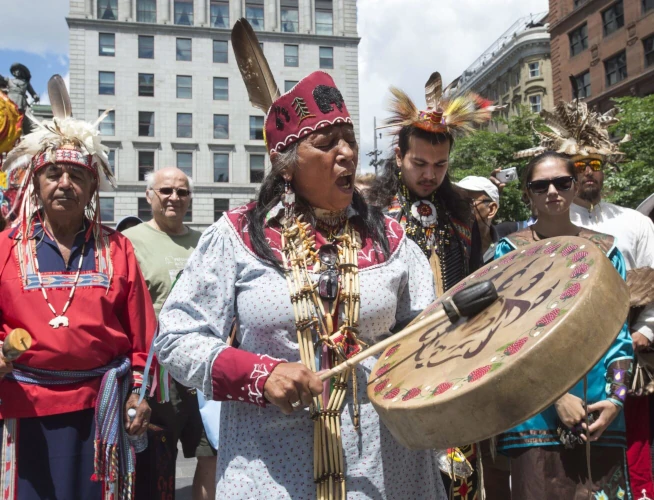
The Mohawk people of the northeastern United States are known for their distinctive ribbonwork. Mohawk ribbonwork is typically made from satin ribbons, which are folded and stitched into intricate designs such as flowers, leaves, and vines. The ribbonwork is often used to decorate clothing and ceremonial objects.
Cheyenne Ledger Art
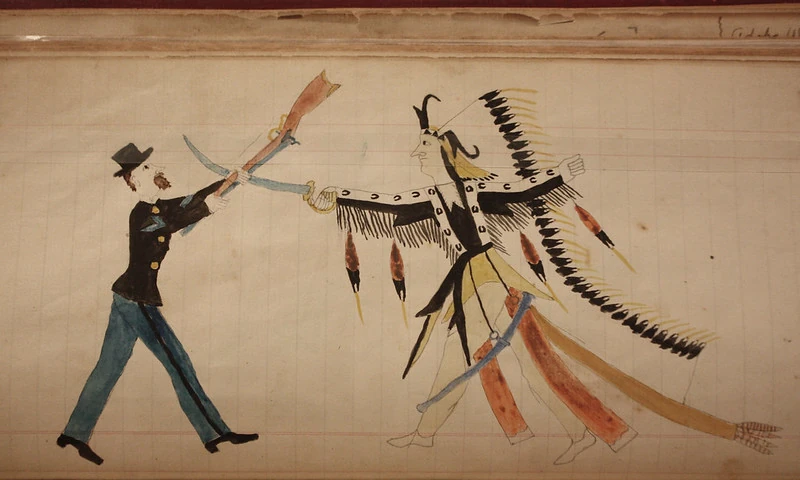
The Cheyenne people of the Great Plains are known for their ledger art, a traditional form of painting that originated in the mid-19th century. Cheyenne ledger art often depicts scenes from daily life, such as hunting, warfare, and ceremonial events. The paintings are typically created on pages from account ledgers, and are decorated with traditional Cheyenne motifs such as the buffalo and the sun.
Haida Carving
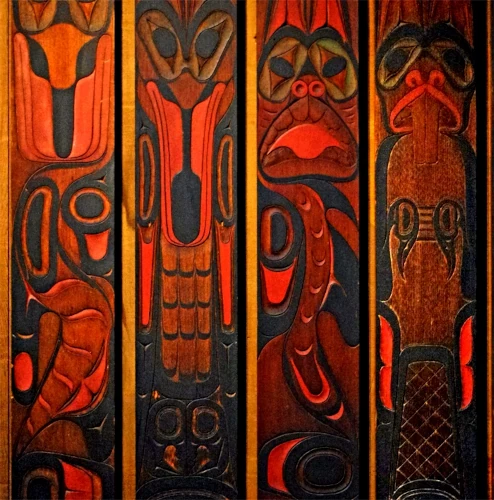
The Haida people of the Pacific Northwest are known for their intricate wood carvings. Haida carving often depicts mythological creatures and spiritual beings, and is used to create totem poles, masks, and other ceremonial objects. The carvings are typically decorated with traditional Haida designs such as the raven and the eagle.
Native American textile arts are a rich and diverse tradition that reflects the cultural traditions and values of each tribe. From the intricate beadwork of the Iroquois to the bold geometric patterns of the Navajo, each tribe has a unique style that has been passed down through generations of weavers, carvers, and artists. These traditions continue to inspire contemporary Native American artists, who are creating new works that honor the past while looking towards the future.